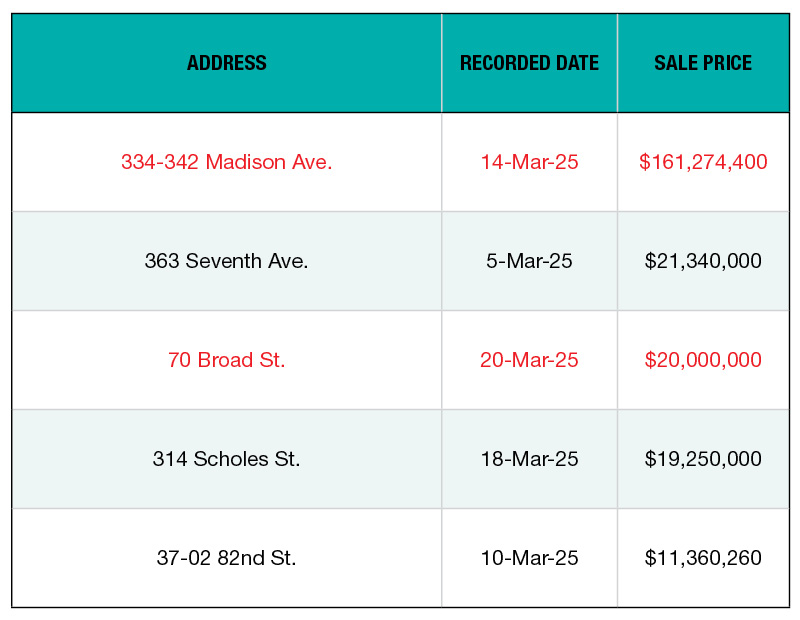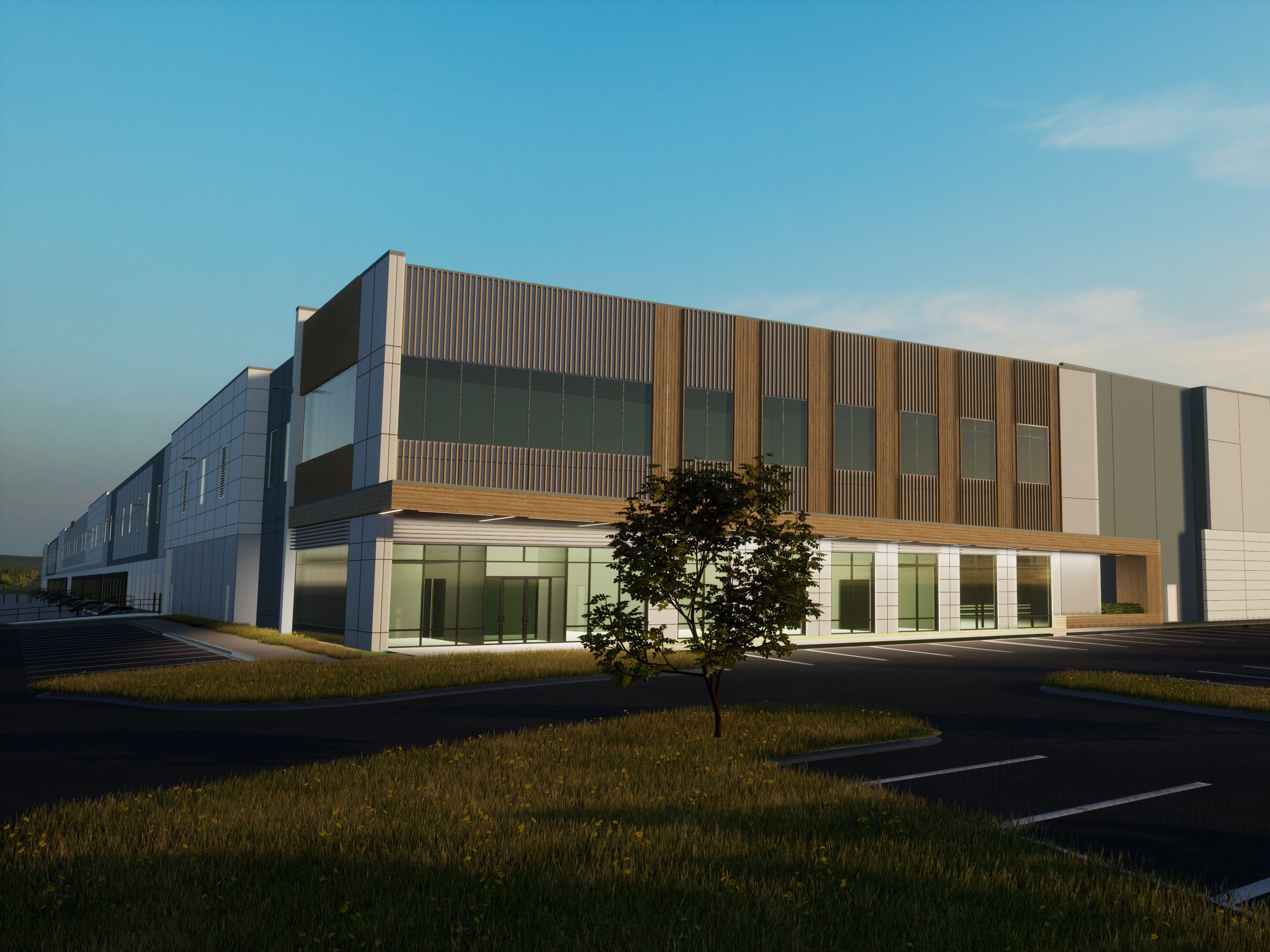Investing in Cold Storage While Staying Out of Hot Water
Investors should be cautious of the unique—and sometimes complex—operational, financing and leasing aspects of cold storage transactions and operations, says David Podein of Haber Law.

David Podein Photo courtesy of Haber Law
The industrial market has persisted as one of the most in-demand asset types for commercial real estate investors. Industry advisors continue to exalt the link between e-commerce growth and grocery/food delivery demand as two of the key factors pushing industrial prices per square foot higher and higher with each passing quarter. Many factors contribute to this increase. There is substantial population growth in many major markets, and consumer expectations for speedy delivery times are not going anywhere.
The segment of the industrial market where inventory is continually falling short of investor demand, however, is cold storage or temperature-controlled facilities. The aforementioned population growth and consumer expectations are extending very quickly into the grocery/food delivery market. Consumers are demanding fresh, organic food and frozen staples that arrive quickly at their door. Still, high costs are keeping speculative development of these types of commercial assets to a minimum, which in turn makes competition for the few existing facilities even stronger and drives prices way up. The cold storage market is and stands to remain very strong and compelling to investors.
As attractive as cold storage facilities are for a potential investor, he or she should be cautious of the unique and sometimes complex, operational, financing, insurance, leasing, and liability aspects of cold storage transactions and operations. Here are a few key issues for investors to consider:
Lender inexperience
Don’t be surprised if your lender (more specifically, the team underwriting the proposed acquisition financing) is not intimately familiar with cold storage assets. They are relatively new. But it is vital to get in front of the potential misunderstandings or assumptions one might have about these unique assets. For example, if the building has special equipment, such as a diesel-powered back-up generator or an ammonia chiller system, will your lender require special liability insurance coverage or covenants? And will operation of those systems require special permits, inspections, or approvals from regulators? If the asset will be operated as a public refrigerated warehouse/3PL setup or even a hybrid with a 3PL operator and some longer term tenants, does the lender’s standard formulas and definitions for the debt service coverage ratio unfairly punish your 3PL or 3PL/hybrid business model? These, and other issues, are important to address from the outset—even before the proposed commitment letter is issued.
High utility bills
Inexperienced investors are often shocked to see the high cost of utilities per square foot of cold storage assets, especially the monthly electrical bills! If you are planning to lease out the asset to multiple tenants under a “modified gross lease,” utility cost sharing arrangements should be documented and agreed upon and should include specific financial consequences for operating the premises in a wasteful manner, such as leaving lights and devices on or failing to close chiller doors. Also, check if the asset is located in a jurisdiction that allows negotiation of electricity and other utility rates. It is possible that the historical utility costs provided by the seller in the due diligence process could have been much lower if he or she had taken advantage of special utility arrangements.
Permits and compliance
Environmental and food regulations vary widely from state to state and even across local jurisdictions. Do not assume the cold storage asset is in compliance with existing laws and regulations simply because the seller also utilized the asset as a cold storage facility. All cold storage tenants and users are not the same. Will the occupants have fresh or perishable produce? Only frozen products? Meat or livestock storage and processing? To ensure an investor’s specific use is compliant, it is advisable to compare the existing permits and licenses with the applicable laws and regulations, confirm the status with the regulatory agencies, and potentially obtain a preliminary zoning report from third-party professionals.
Rail access
Looks can be deceiving. Just because a portion of the asset appears to have physical access to rail does not mean it is functional. Depending on your tenant’s requirements or your future plans for the asset, rail access might be a sticking point. If the rail access is dormant, it will not likely turn up as a service/assignment contract in the due diligence materials provided by the seller, nor in a recorded instrument in the title port. Be sure to check with the railroad operator(s) on the feasibility of a new agreement and whether it can be assigned in the future if, or when, you sell.
In a highly desirable, but not-yet-well-known market such as cold storage, even the most experienced commercial real estate investors may come across more road blocks than they anticipate. It is important that investors seek advice from experienced and trusted professionals or consultants in the space so that when purchasing, financing, or leasing cold storage real estate assets, they can be sure to cross all T’s and dot all I’s. There is much nuance to owning and operating a cold storage facility, but, if done right, there is also immense potential.
David Podein is a partner at Haber Law in Miami, Fla.







You must be logged in to post a comment.